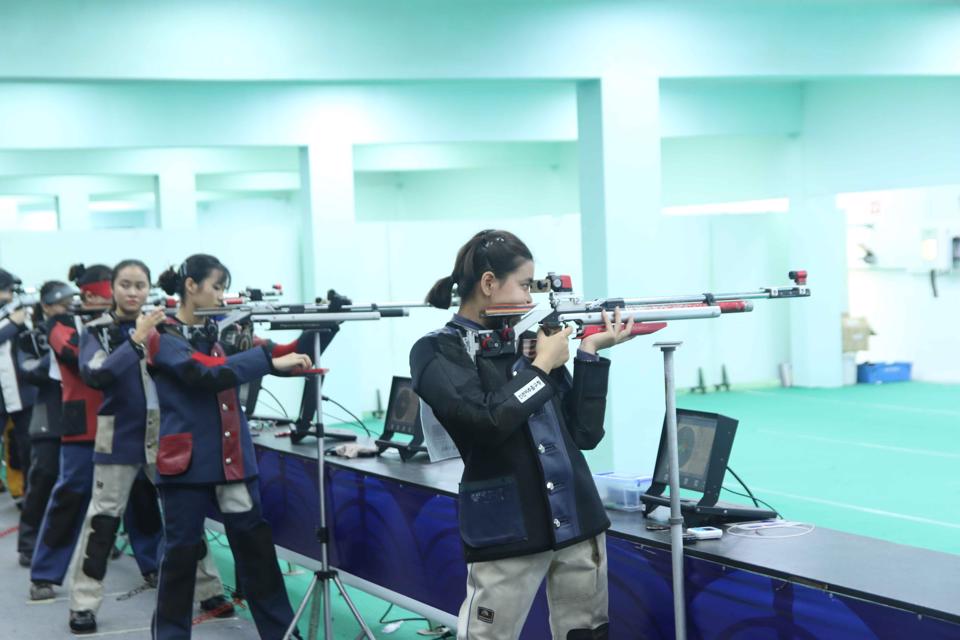In the 2013 Constitution, the Standing Committee of the National Assembly is still defined as the "permanent body of the National Assembly" (Clause 1, Article 73).

Regarding the structure and composition of the Standing Committee of the National Assembly: Clause 2, Article 44 of the Law on Organization of the National Assembly 2014 specifies the structure and composition of the Standing Committee of the National Assembly, including the President of the National Assembly, the Vice Presidents of the National Assembly, and the members of the Standing Committee of the National Assembly. This provision establishes the legal basis for each session of the National Assembly to elect and decide on the specific personnel of the Standing Committee. The arrangement and assignment of personnel of the Standing Committee simultaneously serving the Ethnic Council or other Committees of the National Assembly are decided by each legislative session based on the actual conditions of that session.
Regarding the duties and powers of the Standing Committee of the National Assembly: The Law on Organization of the National Assembly 2014 has elaborated on 13 clauses in Article 74 of the Constitution into several articles detailing the specific tasks and powers of the Standing Committee.
Regarding the supervisory authority of the Standing Committee of the National Assembly: The Law on Organization of the National Assembly 2014 stipulates that the Standing Committee is responsible for organizing the implementation of the National Assembly's supervision program, adjusting the supervision program of the National Assembly between sessions, and reporting to the National Assembly at the nearest session; simultaneously, it oversees the activities of the Government of Vietnam, the Supreme People's Court, the Supreme People's Procuracy, the State Audit Office, and other agencies established by the National Assembly, supervises the activities of the People's Council, and oversees the implementation of the Constitution, laws, resolutions of the National Assembly, ordinances, and resolutions of the Standing Committee of the National Assembly (Article 50).
Regarding the direction, coordination, and cooperation of the activities of the Ethnic Council and the Committees of the National Assembly: The Law on Organization of the National Assembly 2014 continues to stipulate that the Standing Committee of the National Assembly plays a role in directing, coordinating, and cooperating with the activities of the Ethnic Council and the Committees to ensure effective operation of the National Assembly (Article 52). This emerges from the reality that although the Law on Organization of the National Assembly has quite specifically defined the duties, powers, and responsibilities of the Ethnic Council and the Committees of the National Assembly, in practice, it is still difficult to clearly delineate the specific responsibilities and areas of each body. Thus, general direction, coordination, and cooperation are necessary to ensure the smooth operation of these bodies.
Regarding the establishment, dissolution, merger, division, and adjustment of administrative boundaries: According to Article 56 of the Law on Organization of the National Assembly 2014, the Standing Committee of the National Assembly decides on the establishment, dissolution, merger, division, and adjustment of administrative boundaries below the level of provinces and centrally managed cities at the proposal of the Government of Vietnam. Schemes on the establishment, dissolution, merger, division, and adjustment of administrative boundaries below the provincial level and centrally managed cities must be appraised by the Committees of the National Assembly before being submitted to the Standing Committee for consideration and decision. This is a new point in the law compared to previous regulations.
Regarding the organization of referenda: Article 59 of the Law on Organization of the National Assembly 2014 clarifies the authority of the Standing Committee of the National Assembly in organizing referenda, including specifying the form of referendum ballots, the voting and counting procedures, deciding the specific time for the referendum, the content listed on the referendum ballot based on the National Assembly’s resolution on the referendum; monitoring and supervising the referendum process; and being responsible for summarizing and announcing the results of the referendum and reporting to the National Assembly at the nearest session.
Source: quochoi.vn
 Article table of contents
Article table of contents








